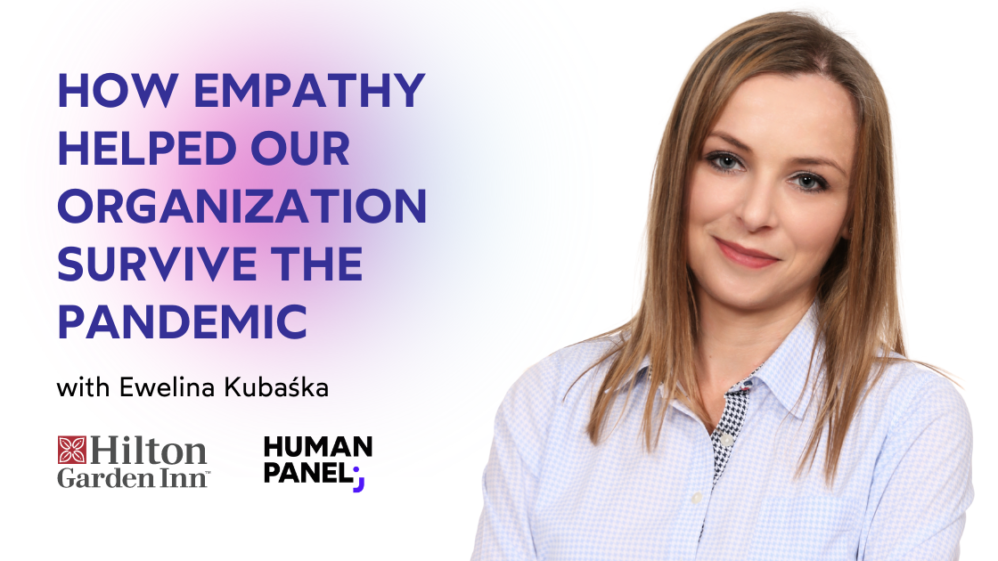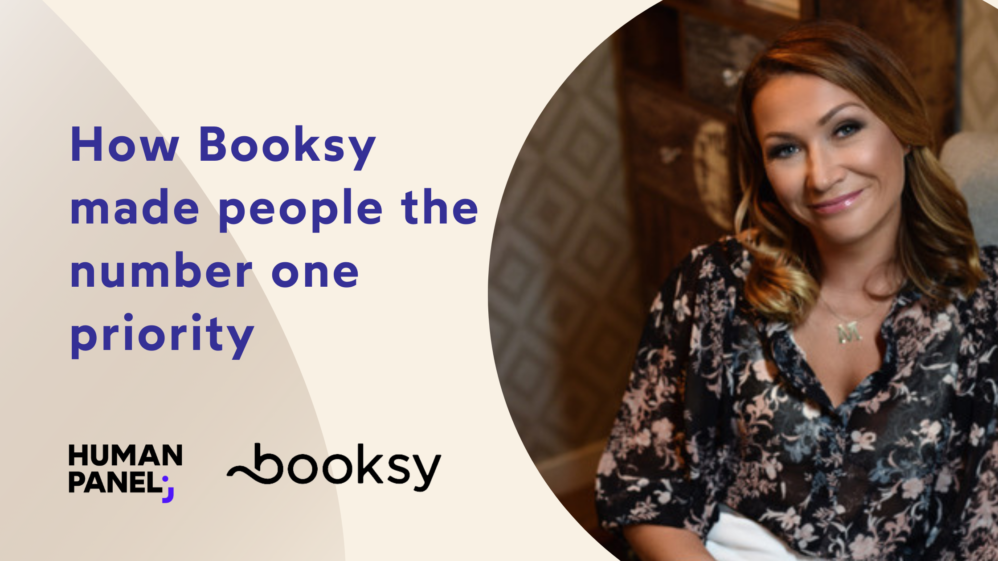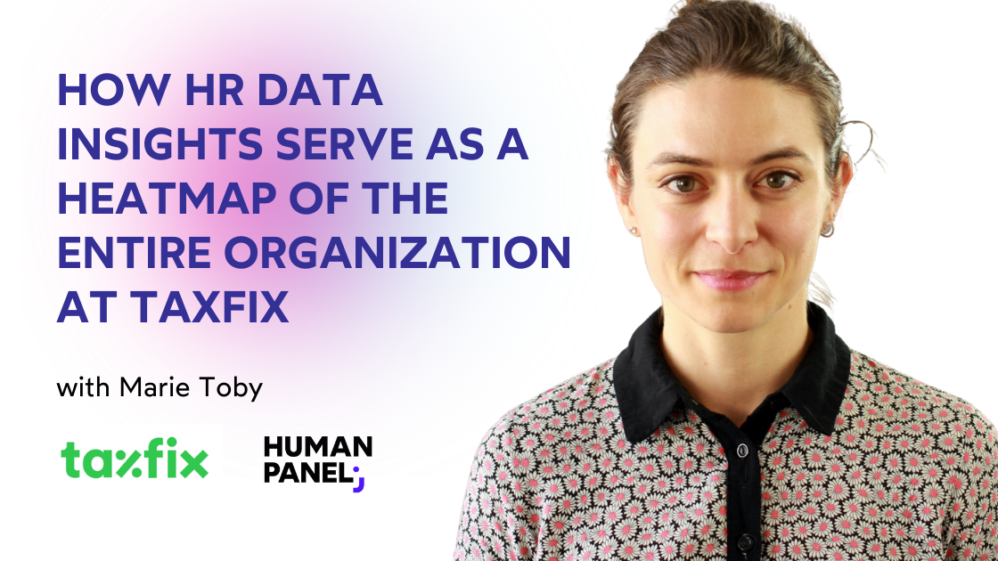How to redesign your onboarding – with NeuroSYS
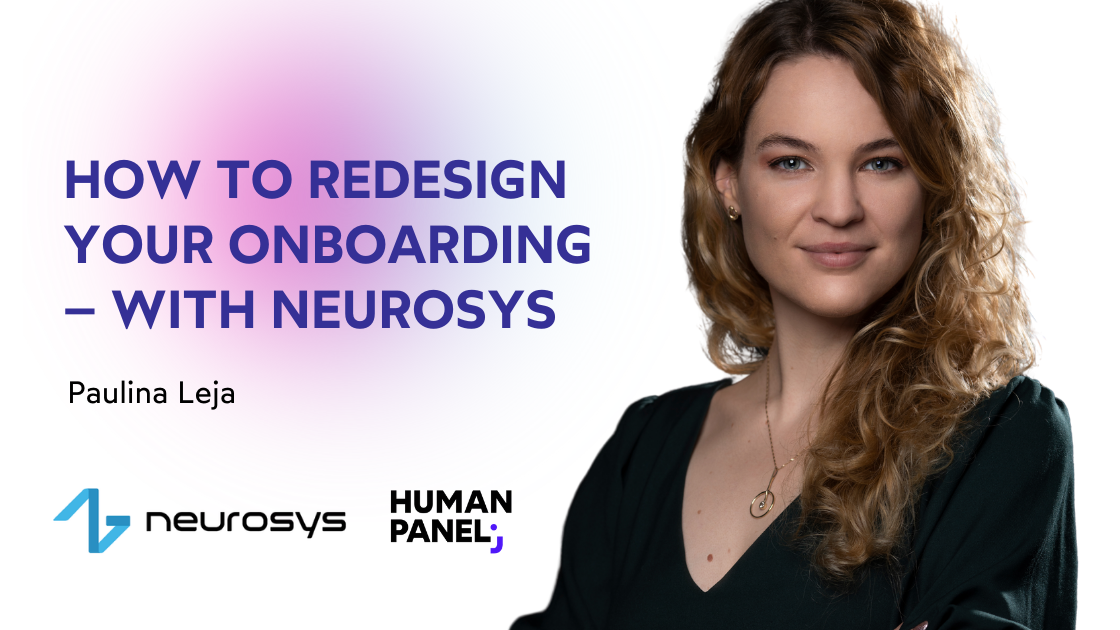
Onboarding is a critical process for designing an appropriate employee experience. Paulina Leja, HR Business Partner at NeuroSYS, told us why her company decided to redesign this process and how they did it.
Why is onboarding important? It may sound like a naive question, but still many companies struggle with designing an effective onboarding process. Research shows that a good onboarding experience has a huge impact on employee productivity, engagement and retention. Onboarding can literally make or break a new employee’s experience – so it should be carefully studied and improved as needed.
Software development company NeuroSYS decided to redesign their onboarding process based on the data they collected. Why did they do it and what were the results? Human Panel had the opportunity to talk about it with Paulina Leja, HR Business Partner at NeuroSYS.
Human Panel: Why did you decide to redesign the onboarding process at NeuroSYS?
Paulina Leja, HR BP at NeuroSYS: After the eNPS survey we conducted in 2020, the conclusion was that we needed to improve some areas of the onboarding process. The overall rating was very good, but we found that the pandemic affected our communication rhythm. We realized that we need to structure the process in the face of the new circumstances.
For example, the switch to remote work meant that it was no longer possible to have casual face-to-face conversations over coffee or during a game of foosball. New employees joining our company found it more difficult to connect with their colleagues. So we decided to restructure communication during onboarding and redesign the entire process.
What was your starting point for this change?
The first step was very thorough research on the topic of onboarding. We conducted extensive surveys among our managers and gathered feedback from our new employees. We looked at the following areas: the overall candidate experience, the new employee’s first day impression, the probationary period, and the post-onboarding phase. Each survey was followed by an additional interview where we gathered even more information. We also internally asked our HR and Administration departments for their impressions and evaluation.
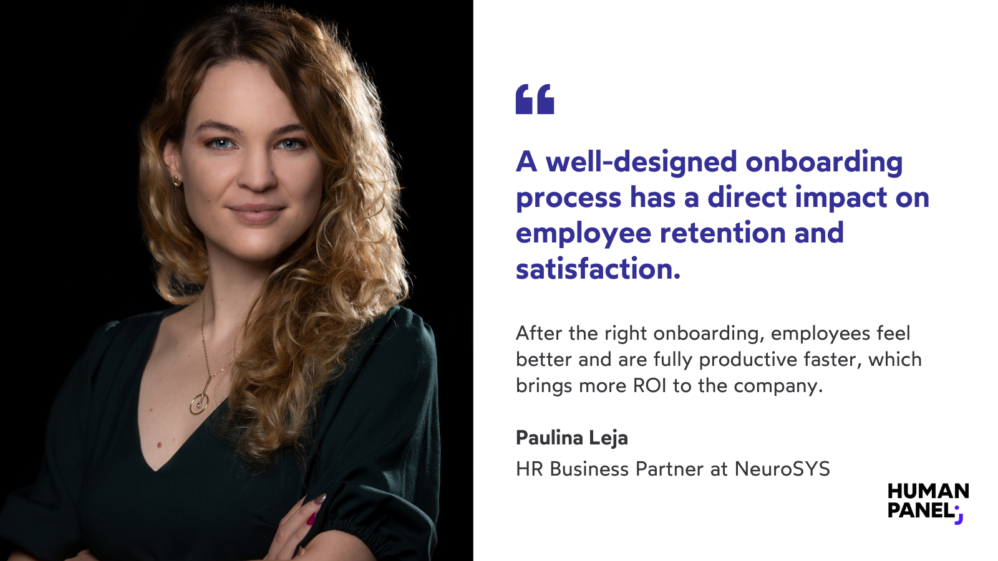
The second step was to define the challenge. Together, we discussed what challenges we faced, why we faced them, and what other areas could encounter problems. The end result was that we listed all the challenges and spent a whole day brainstorming possible solutions. Then we collected and analyzed all the data we had to propose a solution.
In designing a new process, our main goal was to include the candidate’s perspective. Therefore, we discussed our ideas with our new employees before accepting the project and creating the MVP.
What were the challenges you encountered along the way?
One of the critical issues concerned the new hires’ contact with key stakeholders. Before the pandemic, new employees met with our CEO, board, and project managers over a cup of coffee on their first days on the job. Remote work disrupted this tradition. The feedback we gathered prompted us to reintroduce regular online meetings during the employees’ first month with the company. We wanted our new hires to meet everyone and know who is who, including project managers, IT and HR.
Another area we addressed was explaining the structure to our new employees. We wanted them to understand who they could ask for help and who their direct contact was. A positive side effect of this initiative was a new “Ask me anything” channel, which is still very much appreciated today.
We also wanted to streamline and standardize the onboarding process, so we created a checklist for each manager.
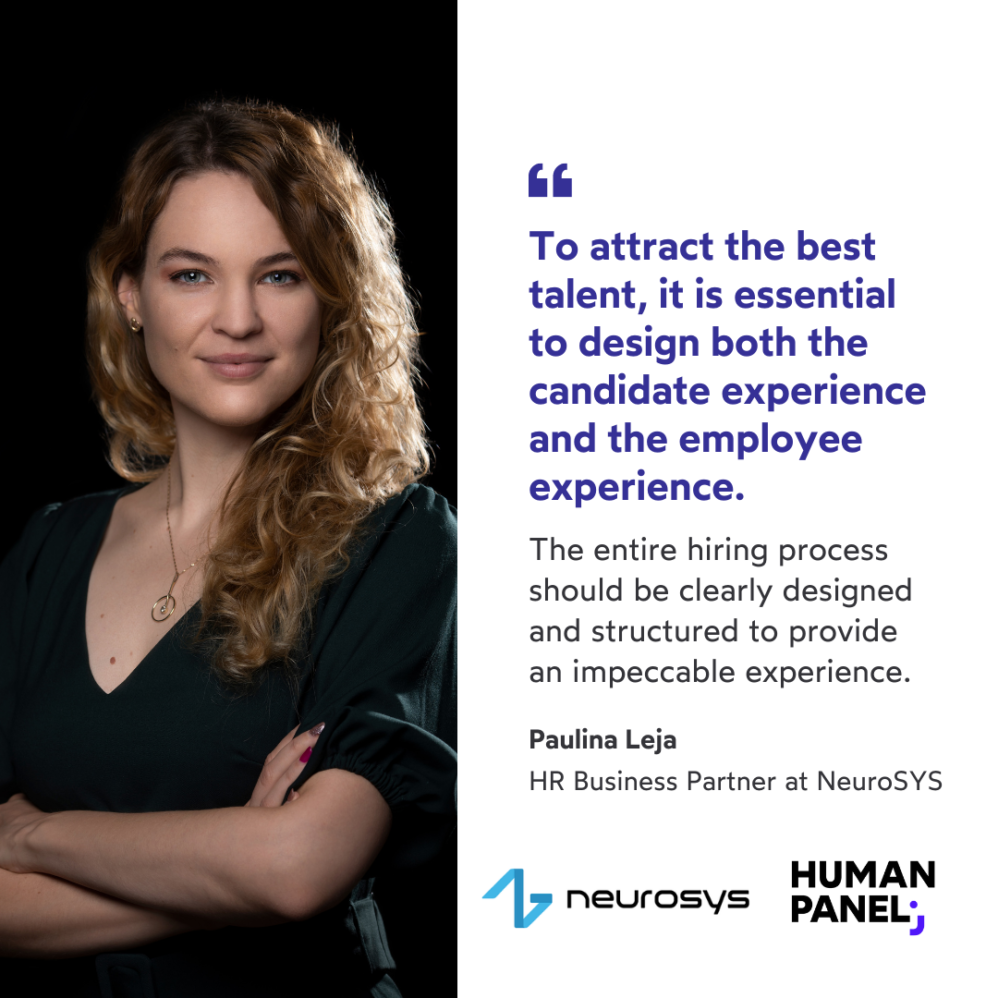
The final challenge we faced was the intensity of training. Feedback from our new employees prompted us to implement a learning management system that would allow everyone to access our knowledge base. This learning management system, Samelane, is one of our flagship products, so it was a natural choice.
In general, we wanted to increase the quality of the onboarding process and automate it, while making it personal. That was our strategic goal – and I can proudly say we achieved it!
Was time a factor in the redesign of the process?
We monitored onboarding time, but we did not focus on shortening it. Rather, our goal was to deepen and improve the onboarding process so that our employees would be more motivated and engaged. Our goal was to make them feel like they were part of the company quicker.
What are the results you are seeing?
Evidence shows that a well-designed onboarding process has a direct impact on employee retention and satisfaction. After the right onboarding, employees feel better and are fully productive faster, which brings more ROI to the company.
I also observe that people who are well onboarded feel more cared for. That’s what we strive to do – build solid relationships with our employees, nurture them and support their growth.
Our goal was not to be “good enough.” We wanted to be outstanding.
Paulina Leja
Do you think it’s wise to divide onboarding into clear phases?
Today, in order to attract the best talent, it is essential to design both the candidate experience and the employee experience. And it starts with the candidate’s first contact with the brand. The entire hiring process should be clearly designed and structured to provide an impeccable experience.
Similarly, onboarding begins when we make an offer to the candidate – then a series of events must take place for employment to be successful. It is important to stay in touch with the candidate, answer their questions, prepare documents and equipment, but most importantly build a relationship.
A lot of HR leaders say onboarding is 4C: compliance, clarification, culture and connection. I believe all of these areas are important, but I repeat: the key is to make employees feel welcome, cared for and part of the team from day one.


